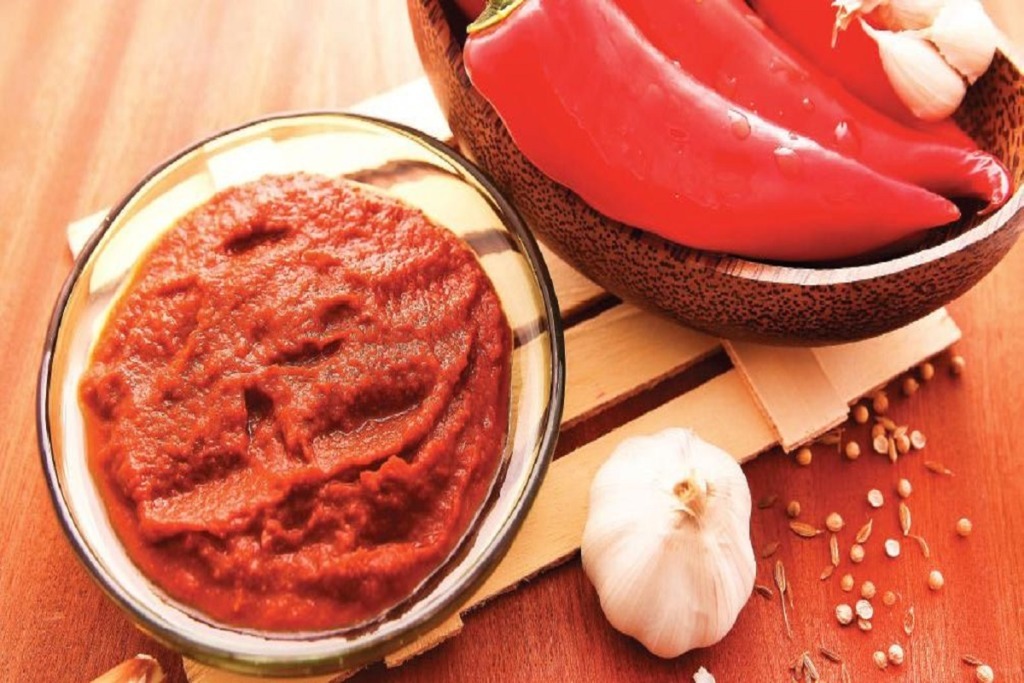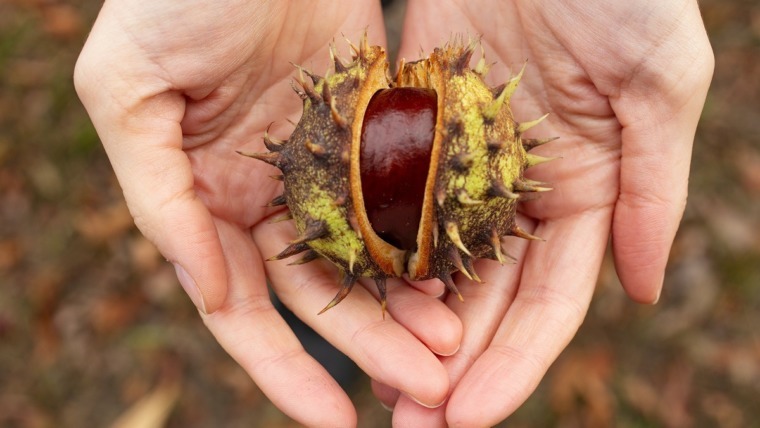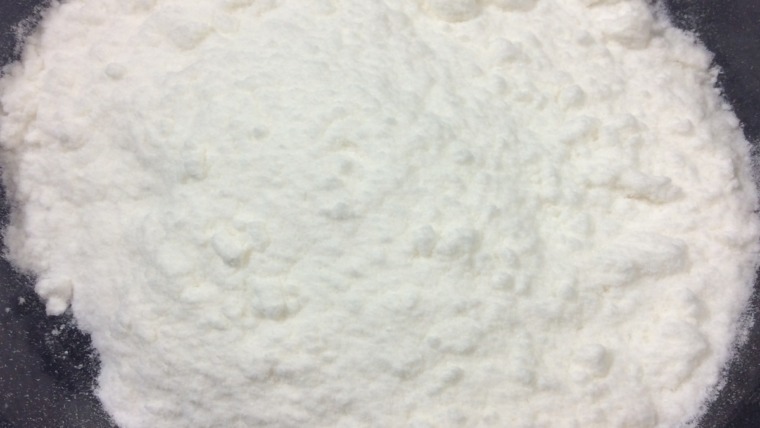
Written by Kevin Kapusi Starow
If you haven’t yet experienced this paste sensation, and you love spice, then I think you are missing out big-time, it is one of my favourites, as it is so versatile because it can be used in so many dishes. In this article we will investigate Harissa paste, what it is, where it comes from, its history and the multiplicity of uses, so let’s get started.
Harissa paste is a hot chili paste, originating in the northern regions of Africa, in particular Tunisia, Morocco, Libya, and Algeria. It is made from a variety of ingredients including hot Serrano chili peppers (amongst others), garlic paste, coriander seeds, pepper, caraway seeds, saffron, herbs, spices, and oil. We have provided a complete recipe in this issue if you prefer to prepare it for yourself at home.
The origins of the word Harissa is derived from Arabic, with the paste originating in the Maghreb cuisine specific to the northwest area of the African continent or the Maghreb region. This cuisine is also known for many other favourites’ dishes, other than the paste, such as couscous, tajine’s and pastille.
You can either make your own paste, with the recipe provided, or otherwise buy a prepared, pre – packaged variety, at your supermarket or specialty deli. The paste is usually available in bottles, tubes, cans, , plastic bags, and a variety of other containers for your convenience
History of Harissa Paste
Chili was introduced to the Maghrebian cuisine sometime between the 15th and 16th centuries during a period when plants, animals, culture, technology, and ideas were transferred between the Americas to the old world (Africa, Europe, & Asia), also know as the Colombian Exchange. It was of course the Spanish who introduced this amazing plant presumably during their occupation of Tunisia between 1535 and 1574.
The ingredients of Harissa paste vary from household to household, and from region to region, some use lemon zest, others add cumin seeds, or other such spices.
Tunisia is one of the largest exporters of Harissa paste with some 20,000 plus tonnes exported per year, so it is no wonder why Harissa paste is referred to as the national condiment of Tunisia. In Tunisia you will find the paste used as a flavouring of meats, poultry, seafood, for vegetable stews, and in couscous.
Cooking
Harissa paste as previously mentioned is used for a variety of ingredient s and in many Tunisian recipes. Such as being used in Labladi, a thin garlic and cumin based soup which is made up of chickpeas, soft boiled eggs, capers, tuna, and is served with crusty often stale bread, which helps soak up the soup.
It is also used in Sabich, a type of sandwich that consists of pita bread filled with fried eggplant and hard boiled eggs, and topped with Harissa paste.
Through this magazine you will find a recipe for Harissa paste, amongst a variety of recipes for using the past in your day to day cooking. Feel free to send through your comments and thoughts on this topic or another which you are passionate about.
Harissa paste is a fantastic ingredient for many of your home cooking recipes, though you do have to like foods with spice and hot chili. You can usually find the paste in the international section of your supermarket, and sometimes there is a choice of chili intensity (hot or mild). I would encourage you to grab a tube and test it out, perhaps in your meatballs, or hamburger patties. Once you give it a try, on the assumption you of course like the taste, I am sure you will find a variety of ways to utilise this ingredient into your day to day cooking.
Why not try out some of the recipes within this issue, maybe even making your own Harissa Paste, from the recipe provided. Once you try it once you can change it to your own tastes, more spice, less spice, maybe even trying to add a unique ingredient specific to you. Rest assured once you make it has a relatively long shelf life in the fridge.
We hope you have enjoyed this article, if there is an ingredient you would like us to research and feature in an issue, get in contact with us here and we will do our best to fit it into an issue.



